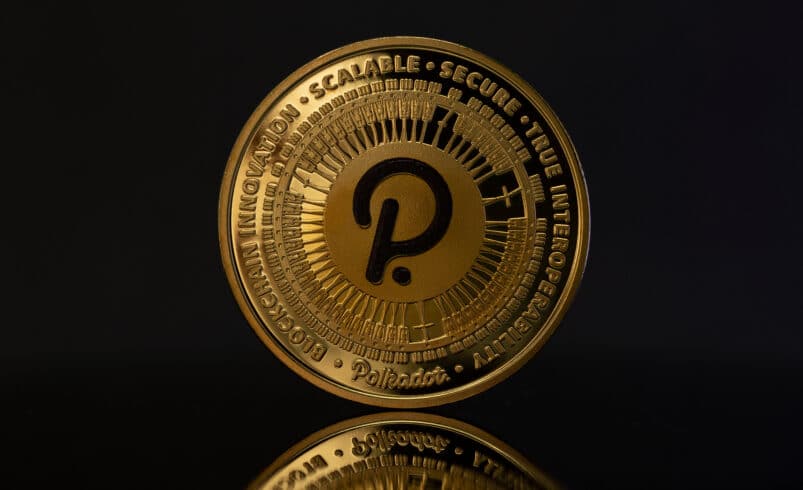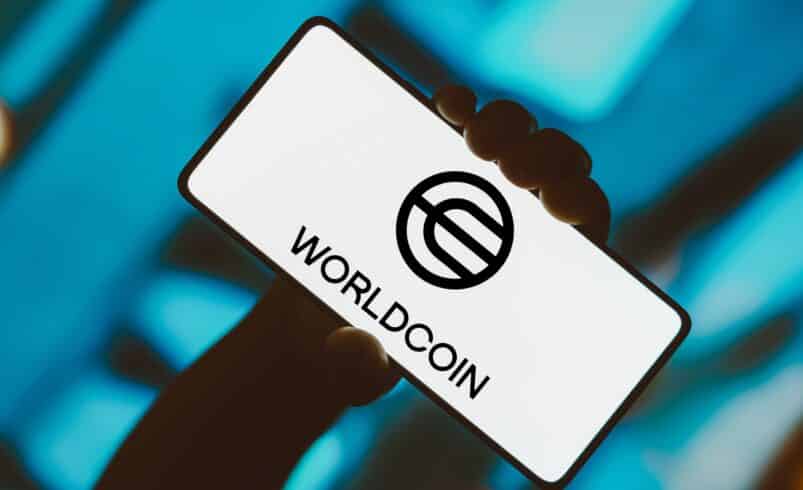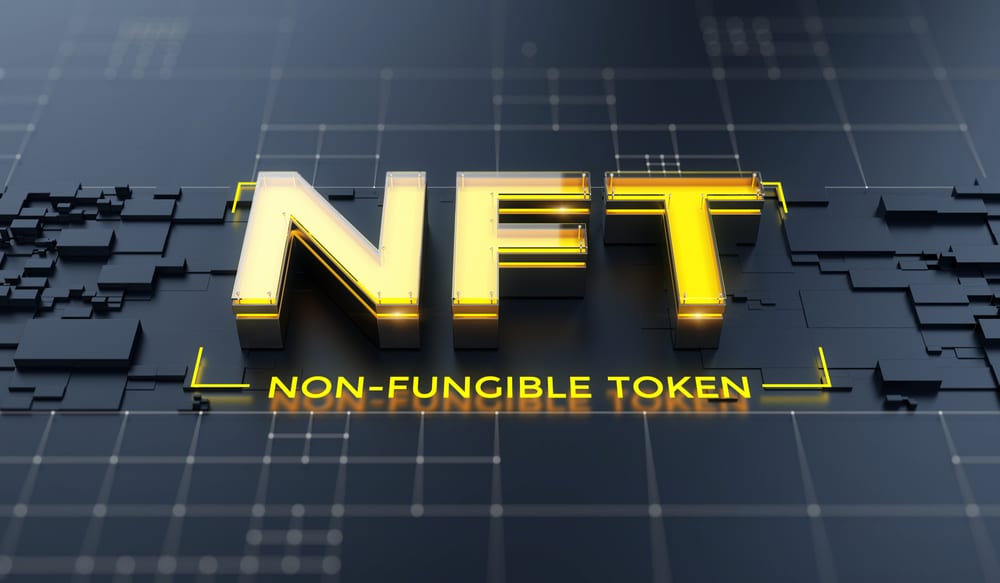Understanding Polkadot: A Beginner’s Guide to the DOT Ecosystem

Polkadot represents a network built upon blockchain technology aimed at enhancing both scalability and interoperability. This introductory guide sheds light on Polkadot and its inherent cryptocurrency, DOT, delineating their functions and operational mechanics.
Introduction to Polkadot
Polkadot is frequently characterized as a “network of networks,” providing a framework that permits various specialized blockchains to interact within a singular, scalable ecosystem.
Polkadot’s foremost objective is to augment interoperability, facilitating secure communications among blockchains and enabling the seamless transfer of data or value without necessitating intermediaries. By nurturing a setting conducive to numerous autonomous chains, Polkadot endeavors to mitigate issues related to the scalability, efficiency, and cost-effectiveness of blockchains by redistributing processing demands away from the primary chain. With its capability to process in excess of 1,000 transactions each second through a sharded, multichain architecture, Polkadot significantly reduces bottlenecks and enhances scalability.
Moreover, Polkadot’s proficiency in establishing secure connections and communications with external networks, such as Ethereum and Bitcoin, paves the way for pioneering cross-chain interactions and functionalities.
Dr. Gavin Wood, a co-founder and the erstwhile Chief Technical Officer of Ethereum introduced Polkadot in a 2016 whitepaper. Wood, along with Jutta Steiner, the former security head at Ethereum, also established Parity Technologies, a pivotal entity in the development of Polkadot’s foundational technology. The inaugural iteration of the Polkadot codebase was released in 2019 through the Kusama canary network, serving as a testbed for Polkadot’s technological framework. The formal launch of the Polkadot network occurred in May 2020.
Within the Polkadot ecosystem, the native cryptocurrency, DOT, assumes multiple roles. It is utilized for staking, ensuring security, and facilitating the interconnection of chains within the network. Additionally, holders of DOT contribute significantly to the governance of the network, engaging in decision-making processes that influence the evolution of the Polkadot protocol.
The Operational Dynamics of Polkadot
The architecture of Polkadot encompasses two distinct blockchain classifications:
- Relay Chain: Functioning as Polkadot’s core chain, this conduit processes transactions. It is intentionally streamlined to fulfill its role in overseeing the entire network’s operations.
- Parachains: These independent blockchains operate within the Polkadot ecosystem and possess the ability to interact amongst themselves. Each parachain is tailored to cater to specific needs and functionalities.
Polkadot allocates parachain positions to various blockchain initiatives through a finite availability of slots anticipated to accommodate close to 100 parachains. Allocation of these slots is conducted via auction, with the tenure of slots extendable up to 96 weeks.
Transaction validation within Polkadot is executed through a nominated proof-of-stake consensus approach, a derivative of the widely recognized proof-of-stake model.
The mechanism entails that participants willing to contribute to transaction validation can stake their DOT tokens, effectively immobilizing these tokens as a form of security in exchange for staking incentives.
Participants have the option to assume roles as nominators or validators. Nominators endorse validators they deem trustworthy for transaction verification. Validators are responsible for the authentication of transaction blocks. Successful transaction validation by a validator results in a block reward (in DOT tokens) distributed to both the validator and their endorsing nominators.
The Distinctiveness of Polkadot
Polkadot distinguishes itself through its intricate multi-chain architecture, merging the pivotal Relay Chain with a diverse array of specialized parachains. This configuration facilitates unfettered interoperability and scalability, enabling a concurrent transactional process across various blockchains, a marked advancement over the conventional singular chain frameworks.
Moreover, Polkadot emphasizes participatory governance, granting DOT token holders significant influence over decision-making processes, thereby nurturing a community-centric model for network evolution. The nominated proof-of-stake consensus mechanism underpins network security while optimizing energy efficiency.
Nonetheless, Polkadot’s innovative framework has its challenges. The network’s sophisticated structure may pose daunting for newcomers, potentially impeding wider adoption. Furthermore, as an emergent blockchain, the robustness of its scalability and interoperability features remains to be fully validated on a grand scale, eliciting inquiries regarding the network’s enduring efficacy and security integrity.
DISCLAIMER: It's essential to understand that the articles on this site are not meant to serve as, nor should it be construed as, advice in legal, tax, investment, financial, or any other professional context. You should only invest an amount that you are prepared to lose, and it's advisable to consult with an independent financial expert if you're uncertain. To obtain more information, kindly examine the terms of service and the assistance and support resources made available by the issuing or advertising entity. Our website is committed to delivering accurate and unbiased news, yet it's important to note that market conditions may change rapidly. Also, be aware that some (but not all) articles on our site are compensated or sponsored.








